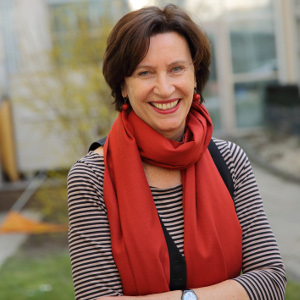 Photocredits: ZOOM Kindermuseum / J.J. Kucek
Photocredits: ZOOM Kindermuseum / J.J. Kucek
Since 2003, Elisabeth Menasse-Wiesbauer has been director of the ZOOM Kindermuseum, Austria’s first museum for kids when it opened in 1994 and one of Vienna’s most successful cultural institutions ever since. ZOOM’s motto: “Hands on, minds on, hearts on!” Its installations are designed especially to encourage young people to take a playful, proactive approach to topics having to do with art, science and the culture of everyday life, and to involve all their senses in these explorations and experiments.
We’re honored that Elisabeth Menasse-Wiesbauer has agreed to serve as a Prix Ars Electronica juror this year in the u19 – CREATE YOUR WORLD category in which she’ll evaluate together with four other jury members works submitted for prize consideration by youngsters under age 19. Entries to U19 – CREATE YOUR WORLD can be submitted till March 22, 2015!
In this interview, Elisabeth Menasse-Wiesbauer elaborates on her experiences working with kids and reveals what she’ll look for when assessing potential prizewinners.
 The ZOOM Kindermuseum’s very wide-ranging thematic spectrum includes issues such as urban development, environmental protection and integration – and thus topics of interest to adults too. How does a kids’ museum differ from one for grown-ups?
The ZOOM Kindermuseum’s very wide-ranging thematic spectrum includes issues such as urban development, environmental protection and integration – and thus topics of interest to adults too. How does a kids’ museum differ from one for grown-ups?
Elisabeth Menasse-Wiesbauer: At first glance, it might seem astounding that we deal with such big, complex issues at ZOOM. But, based on our experience, kids can understand just about anything as long as it’s put in terms of the way they see the world and built on the basis of their experiences. In an exhibition for kids, you have to get the content across in a way that’s sensory and playful. After all, play is a child’s most important form of learning. In our exhibitions, we attempt to amaze youngsters, to trigger that AHA! effect, since the greater the extent to which the presentation of content gets the senses and the emotions involved, the stronger and longer-lasting is the impression that they take home with them. What’s also important to us is that kids encounter the content independently and in a way that’s self-determined, that they try out the exhibits, experiment with them, and get involved with them physically.
A good kids’ exhibition certainly can appeal to adults too because our exhibitions take unconventional approaches.
What topics are especially popular among kids these days, and why do you think that’s so?
Elisabeth Menasse-Wiesbauer: The most popular exhibition themes in recent years have been science fiction, detectives, the Middle Ages and environment. I guess youngsters just generally love stuff about animals, outer space and the environment, horror stories and the detective genre. That’s how it was when I was a kid too, but the authors, filmmakers and exhibition curators back than differed from the ones today. There have been changes in how these themes are presented and how the stories are told.
So I’m convinced that we can interest kids in all subjects if they’re presented in a way that’s well-done and exciting. For instance, we staged an archeology exhibition entitled “Bonediggers, Timehunters” and the word “bonediggers” alone was so effective in piquing kids’ imagination and curiosity that the attendance exceeded our wildest dreams! Or another example—kids who attend our lectures suddenly begin to take a stronger interest in science. Kids want to understand the world around them. If you can give them access to this in an effective way—for instance, by offering good books, talks, plays, films and exhibitions designed for young audiences—you can then arouse their interest in a variety of topics. What works especially well with kids is stuff that’s humorous and witty!
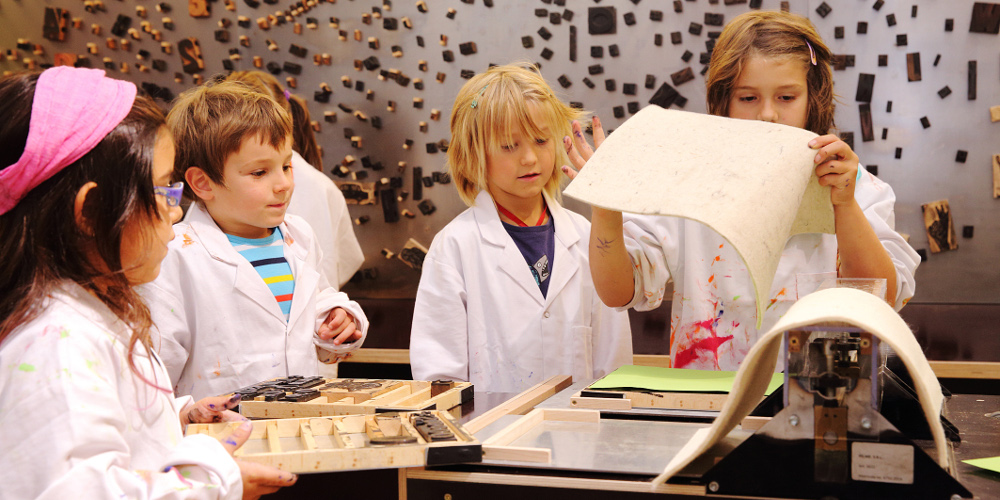 You’ve been director of ZOOM Kindermuseum since 2003. Are kids today occupied with different things than they were 10 years ago?
You’ve been director of ZOOM Kindermuseum since 2003. Are kids today occupied with different things than they were 10 years ago?
Elisabeth Menasse-Wiesbauer: Like I said, as far as the themes are concerned, there’s no big difference from before. What most definitely has changed is that constantly using digital devices is something kids today take completely for granted. There’s hardly a kid anymore without a computer, tablet or smartphone, and this has decisively changed these kids’ lives. They’re telephoning, taking snapshots and videos, using the internet, WhatsApp, YouTube and Facebook practically everywhere and all the time. For kids and young people today, using these media and platforms has nothing to do with technical innovation; this is a totally normal part of life, the setting of their culture, which makes available so many possibilities but also brings along with it a host of new problems—loss of privacy, mobbing, etc. Now that kids are permanently connected to networks, maybe issues like environmental catastrophes, climate change, war, terror and refugee problems make a stronger impact on their consciousness.
By the way, ZOOM reacted at a very early stage to the enormous proliferation these new media. By 2001, we had already installed a media lab in which artists support kids as they go about producing their own animated films. In doing this, they experience how they can use media technology just like a brush and paint to creatively realize their own ideas. You can view the occasionally quite witty, sometimes very poetic results on our website.
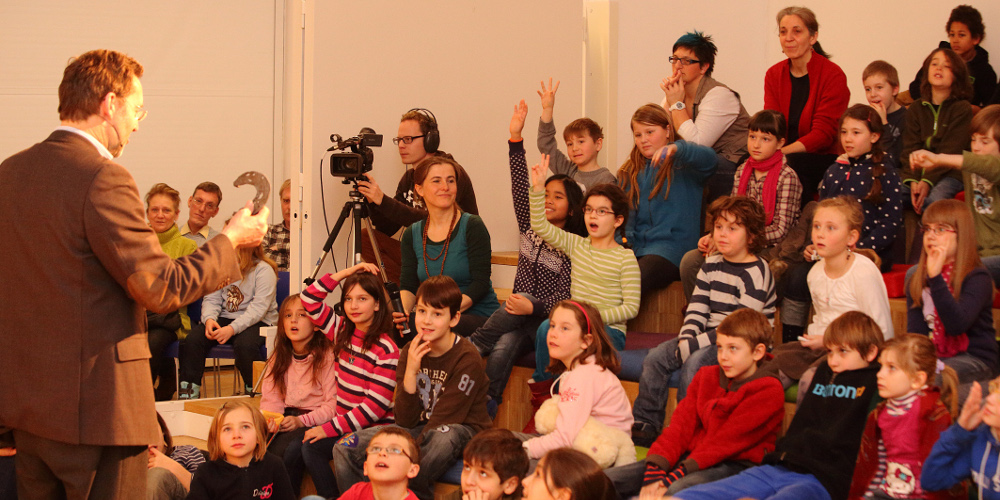 I understand that you also have a Kids Advisory Council that lets young people have some input into the conception of the ZOOM Kindermuseum’s program. How does this advisory council work? How much say do these kids really have?
I understand that you also have a Kids Advisory Council that lets young people have some input into the conception of the ZOOM Kindermuseum’s program. How does this advisory council work? How much say do these kids really have?
Elisabeth Menasse-Wiesbauer: The museum is a facility for kids, and the program ought to function in a way that’s best for them. So, obviously, the kids themselves should be involved in the process of program development and evaluation. But, needless to say, this is only partially feasible. The Kids Advisory Council meets about four times a year, and each session deals discursively and playfully with a particular theme. For example, in connection with our next exhibition about plastics and sustainability, we’re attempting to find out what sort of prior knowledge and understanding kids have, and what they associate with certain concepts. Or when we were redesigning our lobby, we asked them to tell us their wishes and to offer suggestions. Of course, children can’t make the final decision; they serve in an advisory capacity, and that has to be made clear in advance; otherwise, they’re disappointed when they see that they haven’t gotten every single item on their wish-list. It was a pleasant surprise, and quite touching actually, how seriously these kids take their advisory activity, how important it is for them.
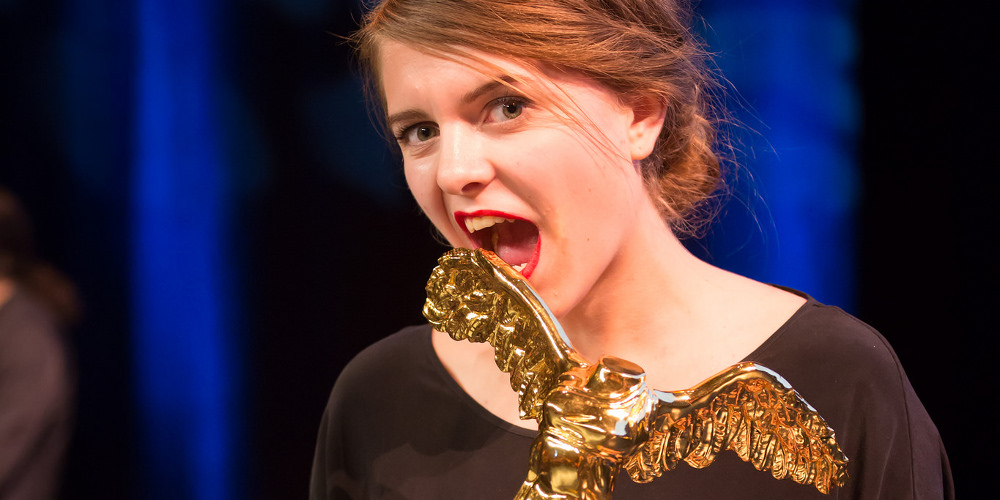 Sarah Oos – the winner of the u19 – CREATE YOUR WORLD category at the 2015 Prix Ars Electronica
Sarah Oos – the winner of the u19 – CREATE YOUR WORLD category at the 2015 Prix Ars Electronica
You’ll be serving as a juror in the 2015 Prix Ars Electronica’s u19 – CREATE YOUR WORLD category in which youngsters have the opportunity to put their concepts and ideas for the world of tomorrow into a material form and present them in public. What will you be paying particular attention to in assessing the submitted works?
Elisabeth Menasse-Wiesbauer: I’m already curious about the submissions and the themes these young people deal with. Naturally, I’ll focus on the content, but above all how they’ve implemented their take on it. For me, a special, individual point of view and a creative approach to a topic are the decisive factors.
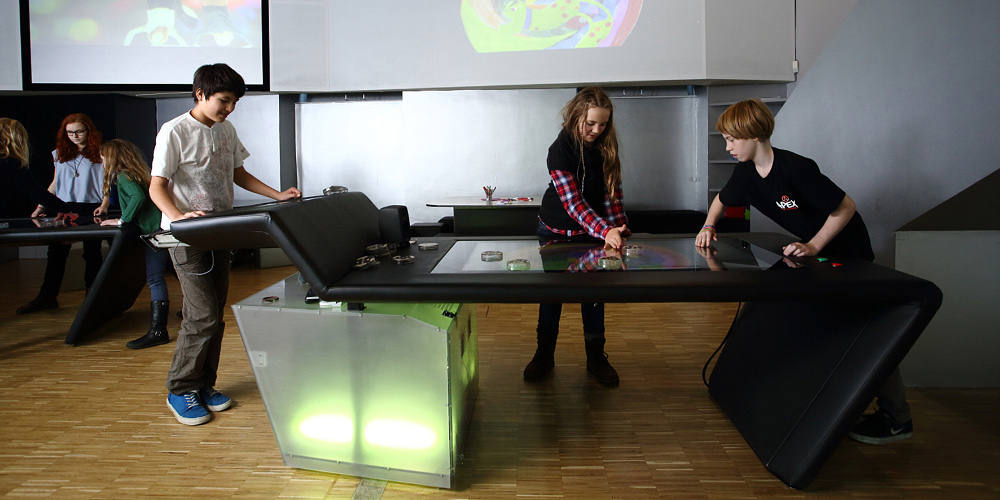 Do we automatically have higher expectations of young people today than was the case in the past due to the fact that the present generation has grown up with new technologies and media, and many kids today already have superior skills in these areas than many adults do?
Do we automatically have higher expectations of young people today than was the case in the past due to the fact that the present generation has grown up with new technologies and media, and many kids today already have superior skills in these areas than many adults do?
Elisabeth Menasse-Wiesbauer: Today’s new media technologies make it a lot simpler than it used to be to take great pictures or shoot great films. All kids and young people experiment with their smartphone or tablet, document their life, shoot selfies, photograph their friends, their travels, their recreational activities, etc. Due to the enhanced user-friendliness of the technology, the general level of the quality is naturally much higher. I see this as a big benefit because you can use simple means to achieve good results and invest your energy not in the technology but rather in the creative implementation of your ideas.
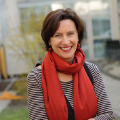
Elisabeth Menasse-Wiesbauer, born 1954, studied history, psychology and philosophy. After working as teacher and researcher in the realm of childhood-history and history of science she organized the focus of xenophobia research at the Austrian ministry of science. Since 2003 Elisabeth Menasse-Wiesbauer is the director of the ZOOM children’s museum. Between 2003 and 2011 she was board member at he European children’s museum association „Hands on Europe“.
Find more information about the Prix Ars Electronica: https://ars.electronica.art/prix/
